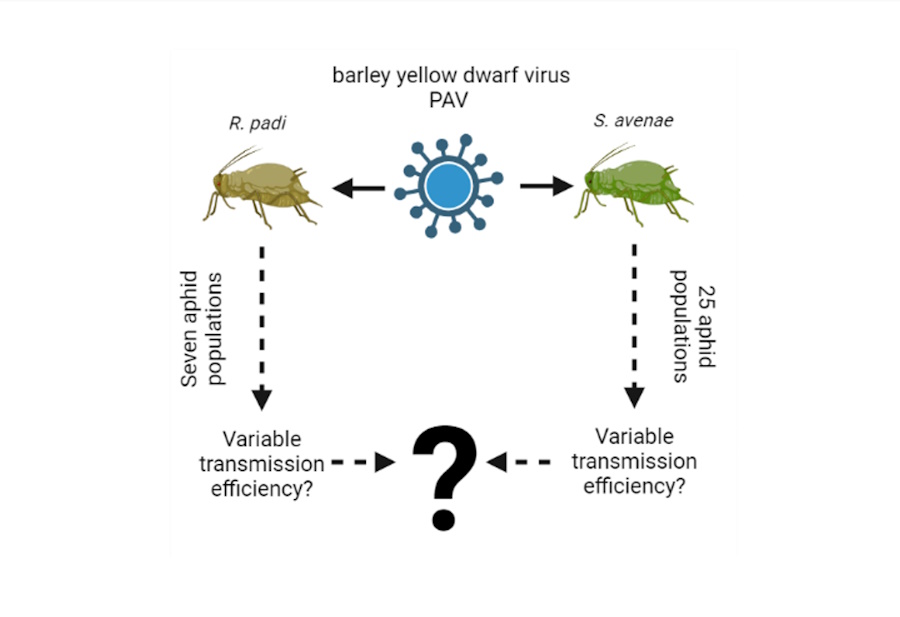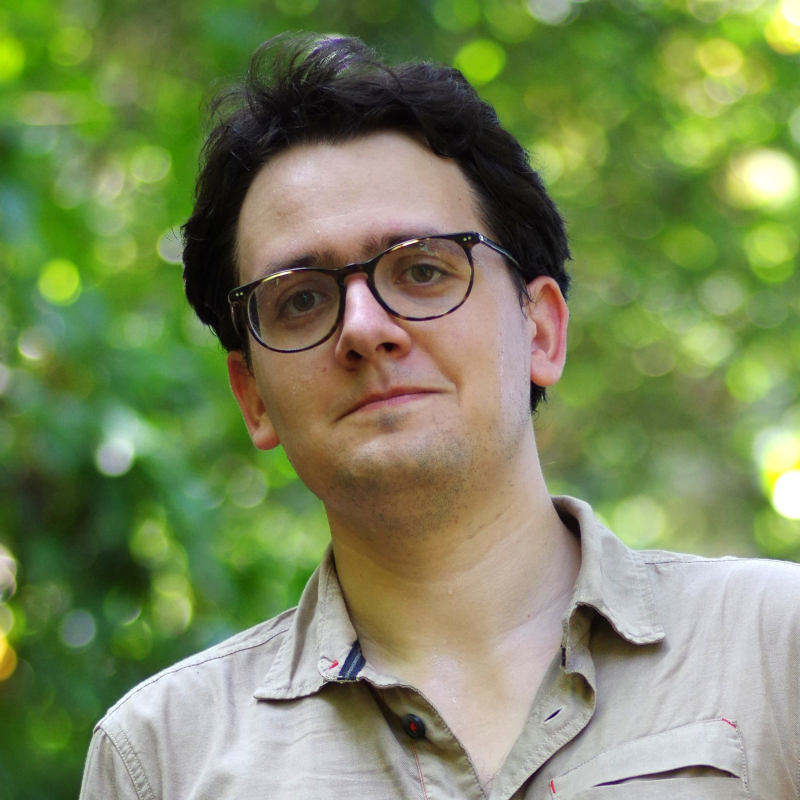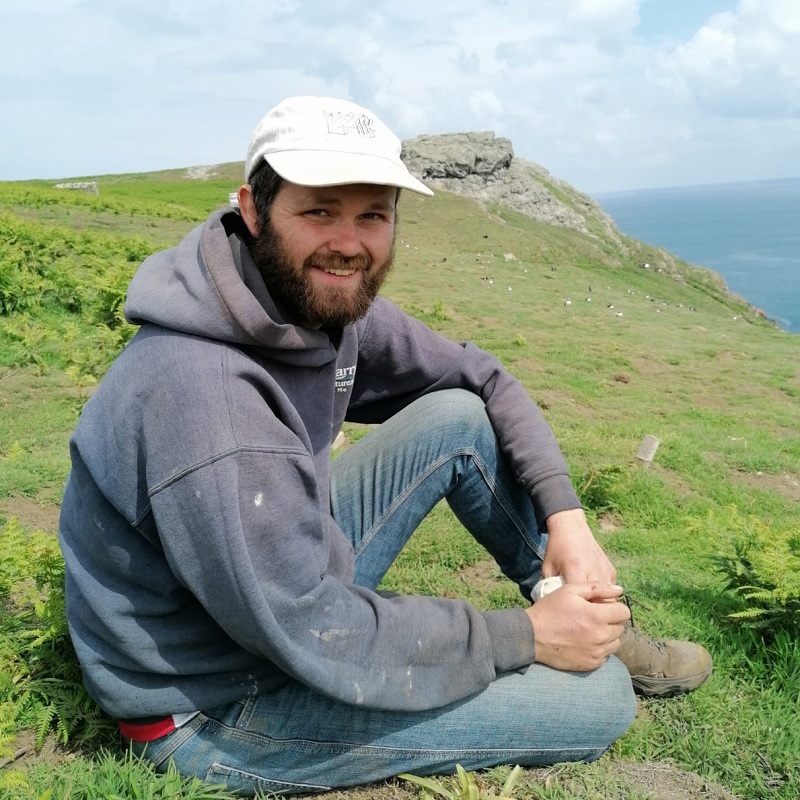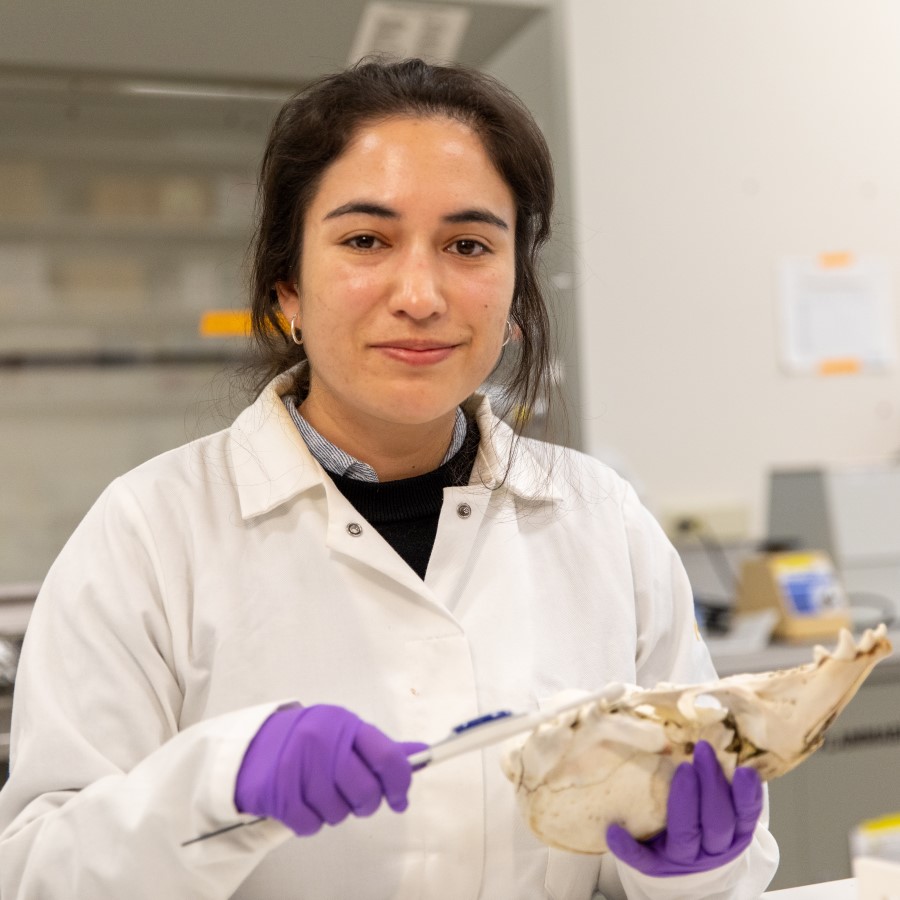We speak to Ruby Stephens, runner-up of the 2024 Biology Letters Early Career Researcher Competition for the research paper Zygomorphic flowers last longer: the evolution of floral symmetry and floral longevity.
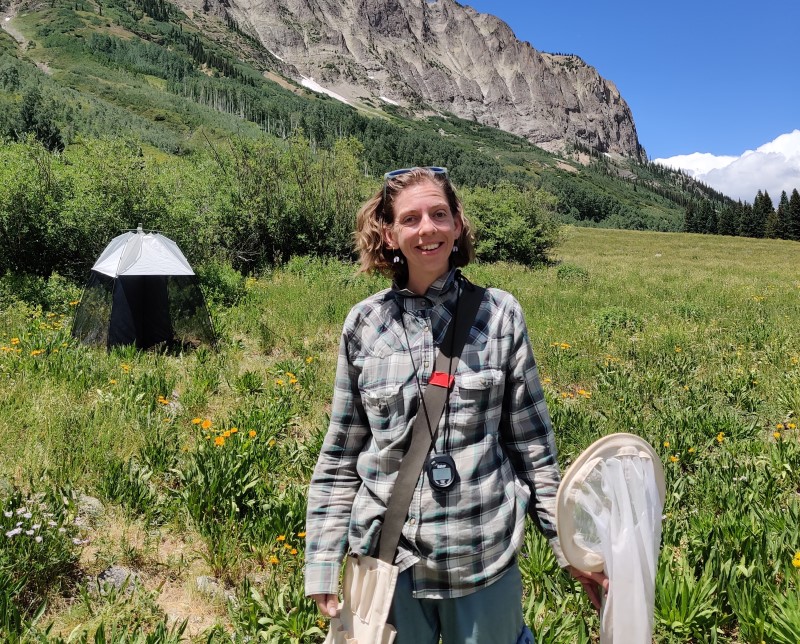
Tell us about yourself and your research article
I'm an Australian ecologist at the University of New South Wales with a passion for all things plants and pollination and a drive to understand the fascinating patterns of ecology and evolution that shape the planet around us. My article on zygomorphy and floral longevity started as a question at the very start of my PhD about whether there were any differences in flowering time between bilaterally symmetric (zygomorphic) and radially symmetric (actinomorphic) flowers. This key difference in flower shape is meant to reflect different pollination strategies, and we wondered whether that would lead to a difference in flowering time. It took a couple of years of thinking through evolutionary mechanisms, testing ideas in the field and finding a much bigger data set from collaborator Marcos Méndez to finally find the satisfying answer presented in our paper: that zygomorphic flowers do typically open for longer than actinomorphic flowers, likely maximising the chance that they'll be visited by a pollinator. I was so pleased to be able to share this work in Biology Letters at last.
Did you expect to be a finalist in our inaugural competition? And do you recommend that other early career researchers enter this year’s competition?
Biology Letters publishes such a large range of excellent work, I did not at all expect to be a finalist in the ECR best paper prize. It's a great honour and I absolutely recommend that other early career researchers enter any future competitions! It is very encouraging to me, and reinforces that it is always worth the work to publish and share your science, as you never know how other people will value and find use for it.

Figure 1 from Stephens et al. 2024
What’s next for you and your work?
I'm partway into a postdoctoral research position at the University of New South Wales in Sydney on a topic quite different from my PhD: what impact the development of wind and solar farms is having on Australian biodiversity, and how to mitigate this impact in the hope that future development can address both the climate crisis and the biodiversity crisis. It's nerve-wracking to delve into such a new field. but it's exciting to develop research with strong implications for the future of our planet. I still have my eye on pollination research and maybe I'll try to combine the two one day (pollinators on solar farms anyone?) but for now I'm enjoying the challenge of breaking out of my research bubble into something new.
And finally, do you have any advice for upcoming generations of scientists in your field?
Take your time to work out what you're really passionate about and motivated by! I took a few years to settle on a PhD topic, but in the end I felt so lucky to be studying exactly what I was interested in. Even then science can be difficult sometimes, experiments rarely go how you think they'll go, but that passion can really help to pull you through any setbacks and challenges. And enjoy it as much as you can!
The 2025 competition is now open and will run until Wednesday 30 April. Please see our terms and conditions before entering or contact the editorial office with your questions.
Image credits: 2024 Competition runner-up, Ruby E. Stephens (photo credit Annie Colgan); Figure 1 from Stephens et al. 2024.

